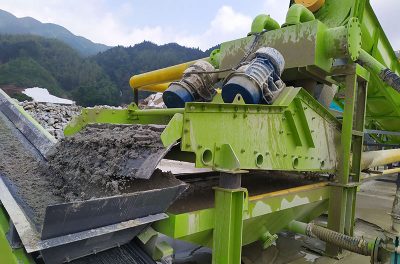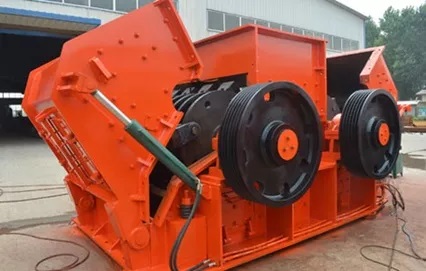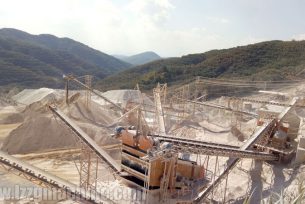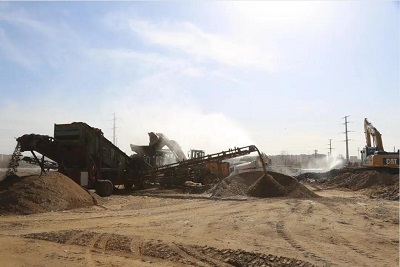Does the machine-made sand used to make concrete meet the requirements?
 October.04,2020
October.04,2020
It is possible to consciously choose hard rock to produce machine-made sand, avoid soft and weathered rocks, and at the same time, the amount of mud (lumps) can be manually screened and controlled. The chemical composition is the same as the base material and crushed stone, and has no negative effect on the concrete. It is suitable for high-strength concrete.
The particle gradation and fineness modulus of machine-made sand can be adjusted according to the needs of the project, combined with the characteristics of the base material and the requirements of concrete, the fineness modulus and particle gradation of machine-made sand can be adjusted. The adjustment measures are mainly completed through the selection of crushing equipment and technological processes.
Natural sand particles are round and smooth. The fineness modulus of natural medium sand is mostly 2. 6 3.0, with good gradation, which is very beneficial to the workability of concrete. The machine-made sand has sharp grains, multiple edges and corners, rough surface, and the fineness modulus is more than 3.0. Compared with natural river sand, the grain gradation of machine-made sand is slightly worse, larger than 2.5 mm and less than 0.08 mm. Too many particles result in poor workability of the concrete and easily cause defects in the appearance of concrete. The change of the base material of machine-made sand will cause fluctuations in the quality of machine-made sand, which brings certain difficulties to the control of construction quality. However, the shortcomings of machine-made sand can be overcome by selecting appropriate crushing equipment, rationally using the amount of stone powder in the sand, adjusting the sand rate, and selecting appropriate additives.
Machine-made sand contains a certain amount of stone powder. Although the particle size of stone powder and mud are both less than 0.075 mm, their composition is different, and the difference in fineness is also large. Most of the mud particles are smaller than 0.016 mm, while most of the stone powder particles are between 0.0116 and 0.075 mm. Mud is adsorbed on the surface of sand and hinders the bonding between sand and cement; and a proper amount of stone powder can be filled in the gaps between cement and fine sand to enhance the workability of machine-made sand concrete.
Mechanical properties of machine-made sand concrete
Under the same conditions of water-cement ratio, the slump of machine-made sand concrete is smaller than that of river sand concrete. This is mainly because machine-made sand itself has cracks, voids and pores, and some of its particles are aggregates of mineral particles, thus increasing the sand The specific surface area of the concrete absorbs more water, which leads to an increase in the water demand of the concrete and a decrease in the slump.
Natural fine sand has a low fineness modulus. If concrete is prepared separately, it will cause concrete cracking due to large shrinkage. However, the characteristic that the particle size of natural fine sand is mainly concentrated below 0.3 mm can be combined with machine-made sand to form artificial mixed sand. So that the configured concrete obtains good construction performance.





